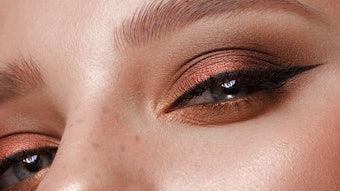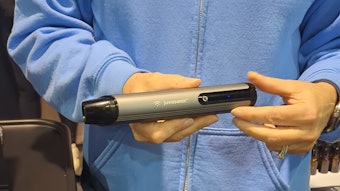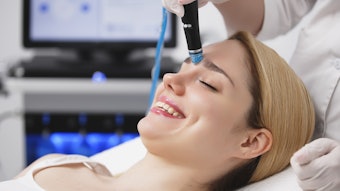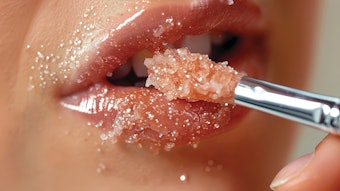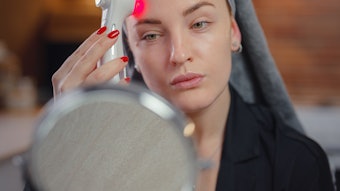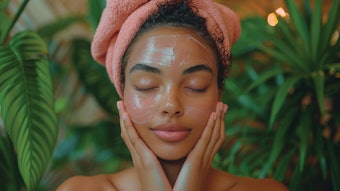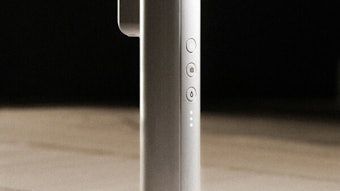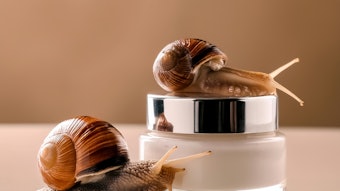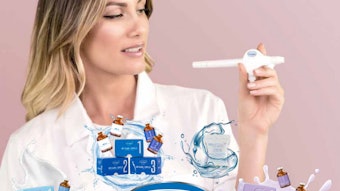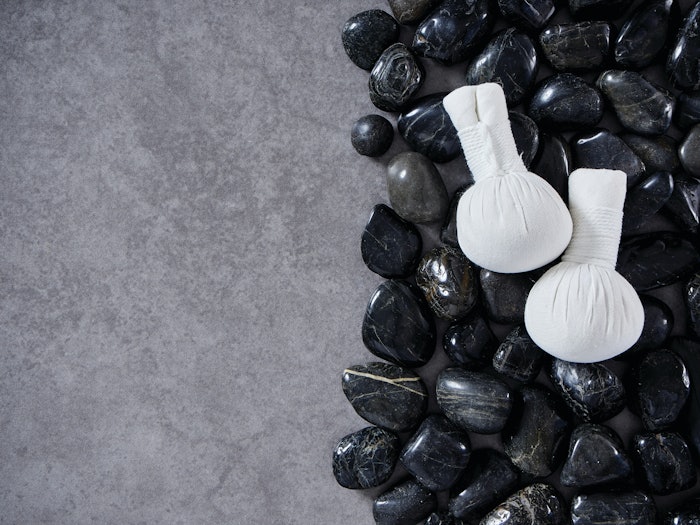
Facial massage is often the most relaxing part of a treatment—for both the client and the esthetician. It’s where trust is built, tension melts away and the skin begins to truly respond. When you add hot and cold tools into the mix, that experience becomes even more powerful. Temperature adds a layer of sensory richness that enhances circulation, supports lymphatic flow and leaves your client feeling soothed and sculpted.
Let’s explore how you can use hot and cold facial tools with intention—bringing more peace, presence and polish to your treatments.
Why Temperature Matters
Our skin responds beautifully to changes in temperature. Warmth helps soften the tissues, increase circulation and ease tension. Coolness tones, calms and refreshes the skin. Used mindfully, these temperature shifts can enhance your massage work without adding complication.
The benefits of temperature contrast include:
- Deeper relaxation
- Increased lymphatic movement
- Calming puffiness and inflammation
- Reducing muscle tightness
- Natural facial toning
Hot Tools to Warm and Open
1. Heated Microcurrent Wands
These small pen-like tools combine gentle heat with low-level microcurrent, making them ideal for tired eyes and fine lines. Use them around the orbital bone, across the brows or over the lips—always with a microcurrent-safe serum to support conductivity.
2. Herbal Compress Balls
Rooted in traditional Thai and Ayurvedic practices, steamed herbal poultices bring heat and healing botanicals to the skin. They're especially helpful for jaw tension, sinus pressure and enhancing lymph flow. Always use a proper steamer and test the temperature on your wrist first.
3. Heated Basalt Stones
Smooth basalt stones warmed to a safe temperature (no hotter than 120°F) offer steady, grounding heat. Use them at the start of the treatment to soften tension or as part of a rhythmic massage sequence. Hold them in your hands first—if it’s too hot for you, it’s too hot for the client’s delicate facial skin.
Cold Tools to Soothe and Sculpt
1. Stainless Steel Facial Rollers
These stay naturally cool or can be chilled further in the fridge. Their smooth, rolling shape glides beautifully over the skin—great for reducing puffiness, calming inflammation and giving the face a lovely lift.
2. Cryo Sticks
With their sleek, sculpting design, cryo sticks are ideal for contouring along the jawline or cooling areas post-exfoliation. They’re also incredibly easy to sanitize—perfect for professional use.
3. Chilled Gua Sha or Jade Tools
While traditionally used at room temperature, chilled stones add a refreshing variation to gua sha. This gentle technique pairs beautifully with facial oils and works well to tone puffiness and support lymphatic drainage.
One Tool, Two Temperatures: The Hot/Cold Hammer
If you enjoy high-tech tools, the hot/cold hammer is a wonderful option. Using Peltier technology, it switches instantly between warm and cool. Use the warm setting to open pores and relax muscles; switch to cold to reduce redness, firm the skin and finish with a refreshing sculpted feel. It’s efficient and adds a modern spa touch.
When and How to Integrate Temperature
You don’t need to use every tool in every treatment—less is often more. What matters is being intentional. A general flow might look like this:
1. Start with heat to relax the tissues and open the face.
2. Massage with hands and tools, following your unique rhythm and style.
3. Finish with coolness to tone, sculpt and soothe.
This contrast not only supports the skin—it makes your treatment feel luxurious and deeply considered.
Safety First
Temperature therapy should always feel nurturing—not shocking or uncomfortable. Keep these tips in mind:
- Test tool temperature on your inner wrist first.
- Let the tool's weight do the work—no need to press.
- Use gentle, slow movements, especially with cold tools.
- Avoid heat on inflamed or very sensitive skin.
- Avoid cold tools on skin that is thin or compromised.
- Always ask your client if they’re sensitive to temperature before you begin.
It’s also important to consider underlying health conditions. Clients with diabetes or neuropathy may have reduced sensitivity to temperature, making them more prone to accidental burns or chills. Always check in with your client before and during temperature-based techniques, especially if they mention poor circulation, nerve issues or recent cosmetic treatments. When in doubt, err on the side of caution—comfort and safety should always come before effect.
Sensory Touchpoints that Make the Difference
Clients remember how your treatment felt. That’s what keeps them coming back. A warm tool followed by a cool finish adds a sensory “story arc” to your facial that’s both memorable and therapeutic.
A few ways to enhance the experience:
- Warm your hands before touch.
- Use breath cues to slow the pace.
- Explain what you’re doing gently:
- “This warmth helps melt facial tension,”
- “These cooling globes will refresh and tone your skin.”
These little moments build trust and deepen your client’s connection to your work.
Final Thoughts
Hot and cold tools aren’t just trendy extras—they’re a beautiful extension of your touch. Used with care and intention, they bring another layer of depth to your facials, making each treatment feel more thoughtful, more professional and more effective.
As always, it’s not about the number of tools—it’s about how the treatment feels. The warmth that melts tension, the coolness that sculpts and calms and your skilled, nurturing hands in between… That’s an enhanced touch difference.

